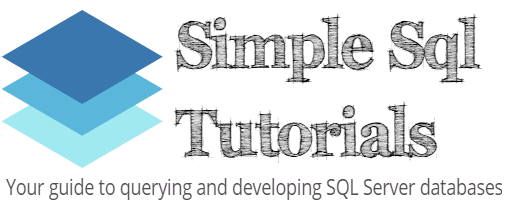Reading Time: 4 minutesThe SQL Server REPLACE function is a very simple system function that is built into Microsoft SQL Server. It is one of the best tools you can use for string manipulation in SQL Server. In this very brief tutorial, we’ll discuss the SQL Server REPLACE function and how to use Continue Reading
SQL Server DATEDIFF System Function: Explained
Reading Time: 6 minutesThe SQL Server DATEDIFF system function is a very useful function for manipulating date information in your database. In this very brief tutorial, we’ll discuss how the DATEDIFF function works and the key topics you should know when working with this function. Here is what we’ll discuss: The syntax of Continue Reading
SQL Server DATEADD System Function: Everything you need to know
Reading Time: 6 minutesMicrosoft SQL Server has several built-in system functions to help you calculate date information very easily. One of those helpful functions is called DATEADD. In this very brief tutorial, we’ll discuss everything you need to know about the DATEADD system function and give you examples of how to use it. Continue Reading
How to change a column type in SQL Server
Reading Time: 7 minutesSQL Server makes it very easy to change the data type of a column. Maybe you need to make a column larger, or maybe you want to make your table slightly more efficient. Through the ALTER COLUMN statement, we can very easily change a column’s data type. In this very Continue Reading
SQL Server Default Constraint: A Guide for Beginners
Reading Time: 6 minutesIn Microsoft SQL Server, one of the things we should always keep in mind is the integrity of our data. One of the best ways to maintain data integrity is to introduce constraints into our tables. Constraints are a great way to restrict the data that can be inserted into Continue Reading
SQL Server Check Constraint: Full Beginner-Friendly Tutorial
Reading Time: 11 minutesWhen working with SQL Server databases, one of the most important things we should always keep in mind is the integrity of our data. We should do our best to make sure the data in our database is valid. One of the best ways we can accomplish this is through Continue Reading






